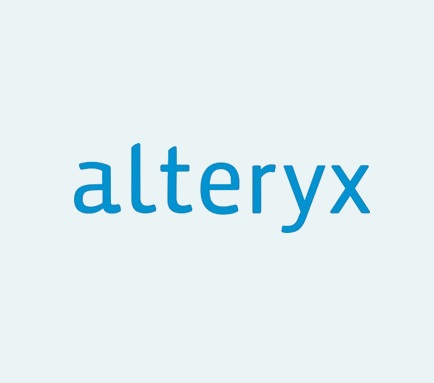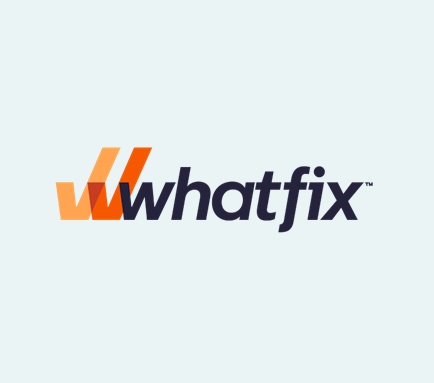Automated contact & activity capture helps a commercial property risk company with data-driven sales decisions
34K+
activities got added
261+
Opportunity Contact Roles
3000+
contacts
The Challenge :
Significant data was missing from their CRM even after having tools like Clari, Gong, Salesforce Inbox that impacted the accuracy and reliability of reports and forecasts. Getting answers to critical revenue questions became a challenge.
Revenue questions that needed data-driven answers
Around the time when Nektar cold-called the company’s Director of Revenue Operations, they were trying to understand why some deals were succeeding and others were not. Specifically, they needed answers to four questions:
- How are we selling?
- How many contacts does it take us to close the deal?
- How can we sell better?
- What’s working and not working?
Their deal sizes range from 5 figures to 7 figures. To successfully close deals, sellers are required to engage anywhere between 4 to 7 people in the buying committee. This is excluding the legal and compliance teams. But, they noticed that they were lacking data that offered answers. Their Salesforce was missing critical engagement data between prospects, customers, and reps. An analysis of their pipeline revealed most accounts were single-threaded. Multithreading is critical.
And so, their existing Salesforce data contradicted what their reps were reporting during the review meetings. They wanted to create an “if it’s not in Salesforce, it doesn’t exist” environment, but had difficulty following through due to issues with tools for capturing information.
Failed attempts at data capture
The company had already tried a few tools for activity capture, however, none of them could completely solve the challenge of CRM data leakage. The RevOps team was always receiving emails and pings from sellers saying ‘I marked the checkbox to log my email, but I don’t see it on Salesforce’ or ‘I had a meeting yesterday, but I don’t see it on Salesforce’. On the other hand, there was also the issue of poor adoption, duplication, errors, and inconsistencies. These tools included:
- Gmail-Salesforce sync
- Clari
- Gong
- Salesforce Inbox
Gmail-Salesforce sync and Salesforce Inbox are both dated technologies that have not adapted to complex sales processes. Even if some activities were syncing, there were activities where the additional contacts in the threads were not getting picked up. Moreover, they require manual action from reps.
Clari’s core offering is forecasting. Gong’s core offering is conversation intelligence. Contact and activity capture is an afterthought for both of them. So they created a lot of bad data full of errors and inconsistencies. Gong and Clari assigned activities against the wrong sellers can create bad data, making it difficult to accurately assess who is doing what work. This led to unnecessary questions and wasted time for managers who had to dig into the data to find answers.
From my own personal standpoint, when it comes to sales technology, I am a big believer in utilizing what certain companies were founded on and what they have mastered. Even if it means that my tech stack is larger in number than what others might use. The all-in-one solutions that tend to happen often leave you wanting more. Nektar was designed around a specific need that we had – missing CRM data, and from the moment I saw the demo, I could tell it was light years ahead of what other companies like Clari, Gong were trying to do as an add-on product, which wasn’t their focus.
Tracing back all these complaints and lack of answers to strategic questions, they knew they had to eliminate the problem of missing CRM data. They needed a solution that had better validations and logic baked into the AI algorithm to adapt to all possible selling scenarios.
A cold call that had answers for missing CRM data
‘No adoption’, ‘Historical sync’, and ‘contact capture’ – these were the words that got the Director of Revenue Operations to take a demo with Nektar.
He was keen on automating as many RevOps workflows as possible. During the demo, he was impressed by Nektar’s ability to automatically capture contacts from emails, calendars, Zoom, and other channels, and sync them with the standard objects of Salesforce Account and Opportunities, along with the corresponding emails and meetings. What sold him was that Nektar seamlessly integrated into the existing workflows, without the need for sales reps to adopt a new tool or for him to create new workflows around Nektar.
The process of cleaning data is a constant task for the company’s RevOps. There have been several instances where accounts not only had very few contacts but even the contact roles were inaccurately tagged as primary contacts, decision-makers, or influencers. Being able to clean up this data historically was critical. This allows them to more accurately assess the number of influencers versus decision-makers involved in a deal. Manually cleaning up such data is not scalable. Adding a tool like Nektar allows for scalability and better insights for decision-making, particularly in sales. His personal motivation for pursuing Nektar was to avoid having to constantly deal with data issues, which prevents him from focusing on more strategic and important initiatives.
Shortly after the demo, the company deployed Nektar for its Business Development, Sales, and Customer Success teams.
Data-packed Salesforce, always
Upon going live, Nektar gave the company a gift – Day 1 ROI. On day 1, the following data was added back to Salesforce:
- 3000+ contacts earlier buried across communications were added to Accounts in Salesforce. That’s almost ~150+ missing buyer contacts per user now back in CRM.
- Nektar identified and connected 261+ contacts across 90+ Opportunities as Opportunity Contact Roles.
- A total of 34K+ activities got added: 32K+ reps-buyers emails; 1800+ calendar events.
Today, the RevOps team has stopped receiving complaints like ‘my activities are missing’ from his sellers. They don’t even know that Nektar is responsible for lifting the burden of manual contact and activity logging or syncing. Relying on the power of AI and automation, the Ops and Enablement team did not have to spend time and resources on training their sales team on Nektar. Nektar has become a core tool in the company’s tech stack while remaining an adoption-free solution.
I think the best feedback is the fact that I’m not receiving messages anymore asking why activities are not there on Salesforce. Our sales reps have had other tools that were supposed to do what Nektar is doing, but were not successful. Reps didn’t have to learn anything new; they just continued to do what they were doing and are now benefiting from Nektar. I’m also benefiting from it because I’m not wasting my time trying to figure out why a sync with another tool isn’t working.
– Director of Revenue Operations at the Commercial Property Risk Company
Today, this company is leveraging its Nektar-powered Salesforce which has clean and complete data to identify what’s working and not working within their sales processes and make more informed decisions.
In terms of activity leakage, some activities were happening but weren’t being captured. Therefore, decisions that we were making were being made with incomplete data. Nektar has allowed us to solve for that leakage and make better, smarter decisions with complete data.
– Director of Revenue Operations at the Commercial Property Risk Company



